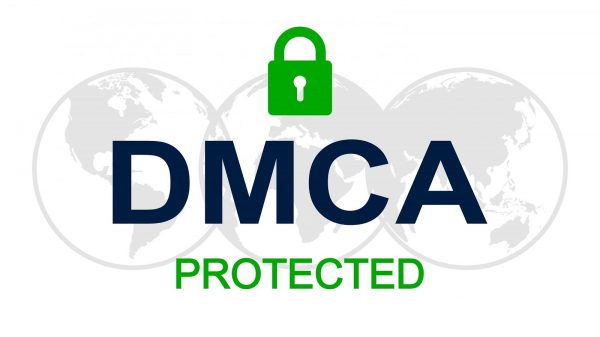
THE DIGITAL MILLENNIUM COPYRIGHT ACT OF 1998
U.S. Copyright Office Summary
INTRODUCTION
The Digital Millennium Copyright Act (DMCA) was signed into law by
President Clinton on October 28, 1998. The legislation implements two 1996 World
Intellectual Property Organization (WIPO) treaties: the WIPO Copyright Treaty and
the WIPO Performances and Phonograms Treaty. The DMCA also addresses
number of other significant copyright-related issues.
The DMCA is divided into five titles:
Title I, the “WIPO Copyright and Performances and Phonograms
Treaties Implementation Act of 1998,” implements the WIPO
treaties.
Title II, the “Online Copyright Infringement Liability Limitation
Act,” creates limitations on the liability of online service providers for
copyright infringement when engaging in certain types of activities.
! Title III, the “Computer Maintenance Competition Assurance
Act,” creates an exemption for making a copy of a computer program
by activating a computer for purposes of maintenance or repair.
Title IV contains six miscellaneous provisions, relating to the
functions of the Copyright Office, distance education, the exceptions
in the Copyright Act for libraries and for making ephemeral recordings,
“webcasting” of sound recordings on the Internet, and the applicability
of collective bargaining agreement obligations in the case of transfers
of rights in motion pictures.
Title V, the “Vessel Hull Design Protection Act,” creates a new form
of protection for the design of vessel hulls.
This memorandum summarizes briefly each title of the DMCA. It provides
merely an overview of the law’s provisions; for purposes of length and readability a
significant amount of detail has been omitted. A complete understanding of any
provision of the DMCA requires reference to the text of the legislation itself.